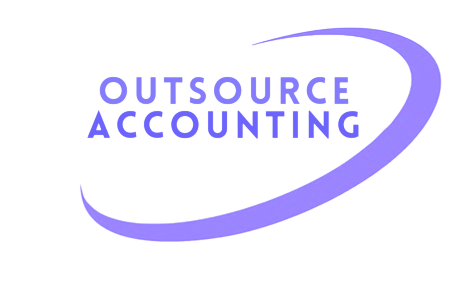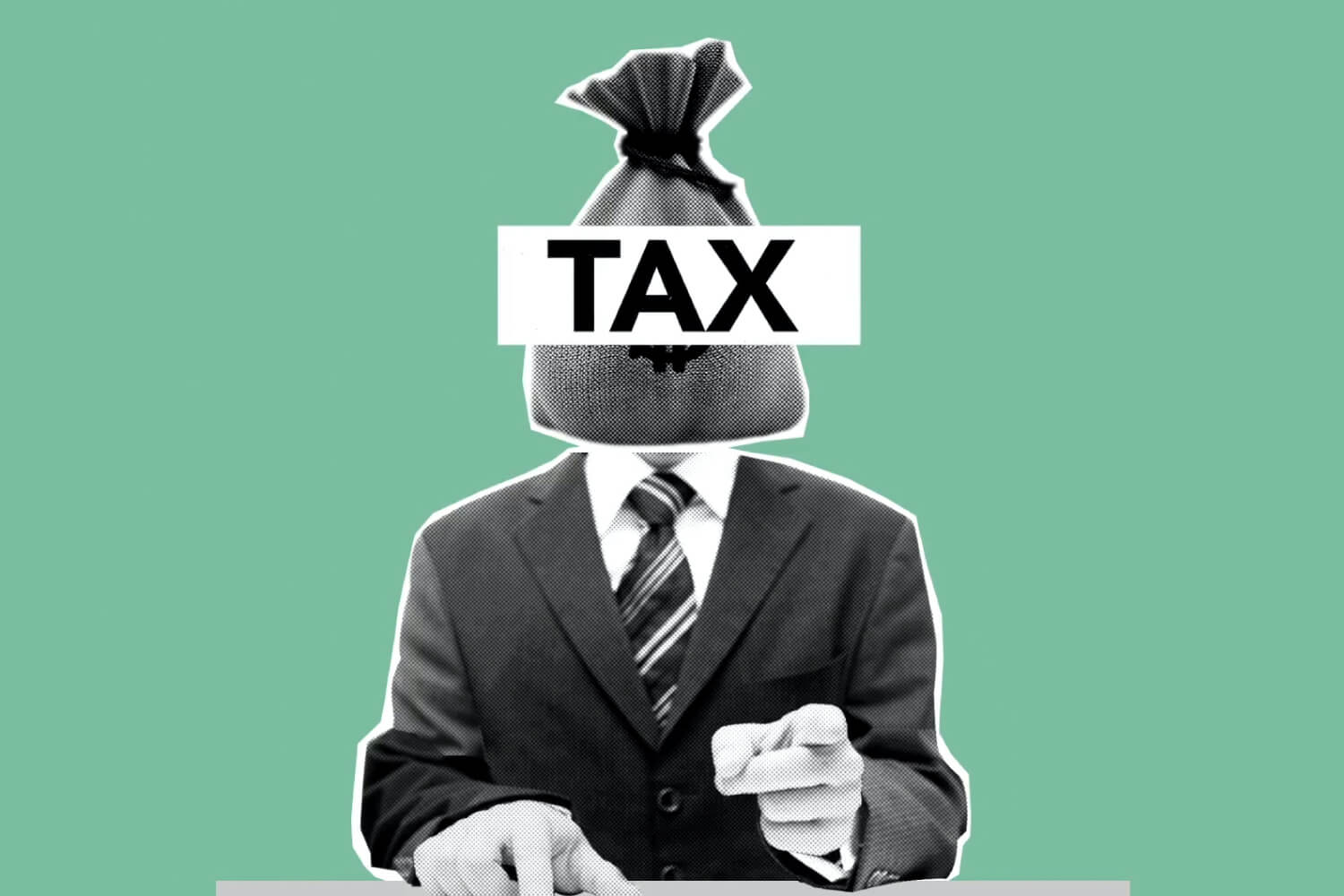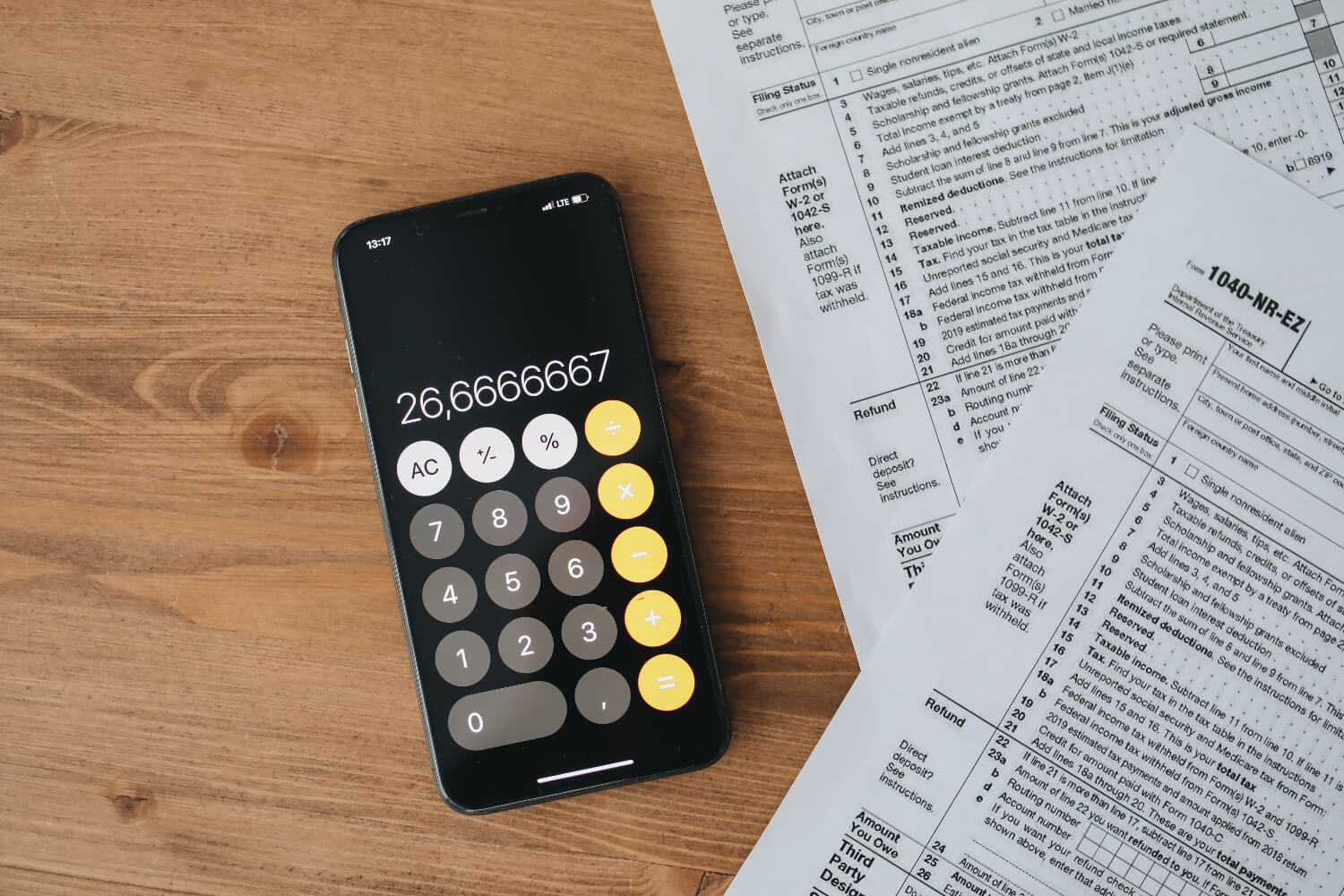Just like the individuals that are employed have their income tax being deducted automatically, self-employed individuals and others with income outside the PAYE system need to file a self-assessment tax return and pay any due tax. In order to collect income tax on income that is not automatically taxed under the Pay As You Earn (PAYE) system, HMRC issues the self-assessment tax bill. It details your income tax owed for the previous tax year which ends on April 5th.
Who needs to file a self assessment tax return?
Firstly, you should know that only some people need to file a self assessment tax return. You’re likely exempt if your income solely comes from employment, a pension, or state benefits. Here is who needs to file a self assessment tax return in the UK:
Solopreneurs: Individuals that are self employed, like sole traders, independent contractors, Partners in business, or freelancers, need to pay a self assessment tax return. Remember, this only applies if your earnings exceed £1,000 in a tax year (after expenses).
Moneyperson: If you are a money person, your annual income exceeds £100,000, even if you are not self-employed, you are required to file your tax return
Full English financier: Are you a capital gains climber who has sold an asset (like property or shares) that increased in value, leading to a capital gain? If yes, you must declare it and pay your capital gains tax through self-assessment.
Loopholes legend: Do you receive income not taxed at source, such as from property rentals, foreign income, or specific COVID-19 grants? This might necessitate filing a self assessment return.
Not quite sure where you stand? No sweat! HMRC offers a handy online checker tool to help you determine your Self Assessment needs.
Understanding your taxable income
Let’s start by understanding what income needs to be declared. This includes:
Side hustle or freelancing: If you are working as a freelancer or doing any type of side hustle, you need to let HMRC know as this income needs to be included.
Trading profits: As a sole trader or business owner, your profits are taxable excluding the legitimate business expenses.
Rental income: The income that a buy-to-let property produces for you is also classified as taxable income.
Capital gains: In case you have sold some property or investments at a profit, it is time to declare those gains as well.
Keeping accurate records throughout the tax year (April 6th to April 5th of the following year) is very essential.
Deducting expenses you’re entitled to
Now that you have understood the income sources, you must have identified yours, obviously. It is about time we explore the allowable expenses. These allowable expenses are legitimate business costs that can be deducted from your income, which includes:
Running costs: These costs include rent, utilities, phone bills, and internet associated with your business.
Travel expenses: Your expenses related to travel for business purposes and public transport fares concerning mileage incurred are included in the allowable costs.
Equipment and machinery: If you have purchased or leased any equipment and machinery for business purposes, it is also considered a deductible expense.
Professional fees: Accountancy fees, legal fees, and other professional services directly linked to your business, but remember, you cannot claim any personal expenses mixed in with business-related fees.
Read the HMRC’s guidance on allowable expenses for better overview and your understanding.
Calculating your tax liability
Now comes the moment of truth: calculating your tax liability. Here is a simplified breakdown:
- Total your taxable income from all sources mentioned above.
- Deduct your allowable expenses as per HMRC guidelines.
- Calculate your remaining taxable income.
- Your taxable income will be subject to the applicable tax rates, which are determined by your income bracket. Check the current tax rates before proceeding with your calculations.
- Add National Insurance contributions (NICs) applicable to your self-employment.
- The final figure you obtain represents your total tax liability for the year.
Remember, filing your self-assessment tax return on time and accurately is key to avoiding penalties and interest charges. By understanding the HMRC obligations and utilising the online tools, you can efficiently submit a self assessment tax return. Doing so can ensure your tax affairs are in order.
Good luck filing, mate! 🙂






